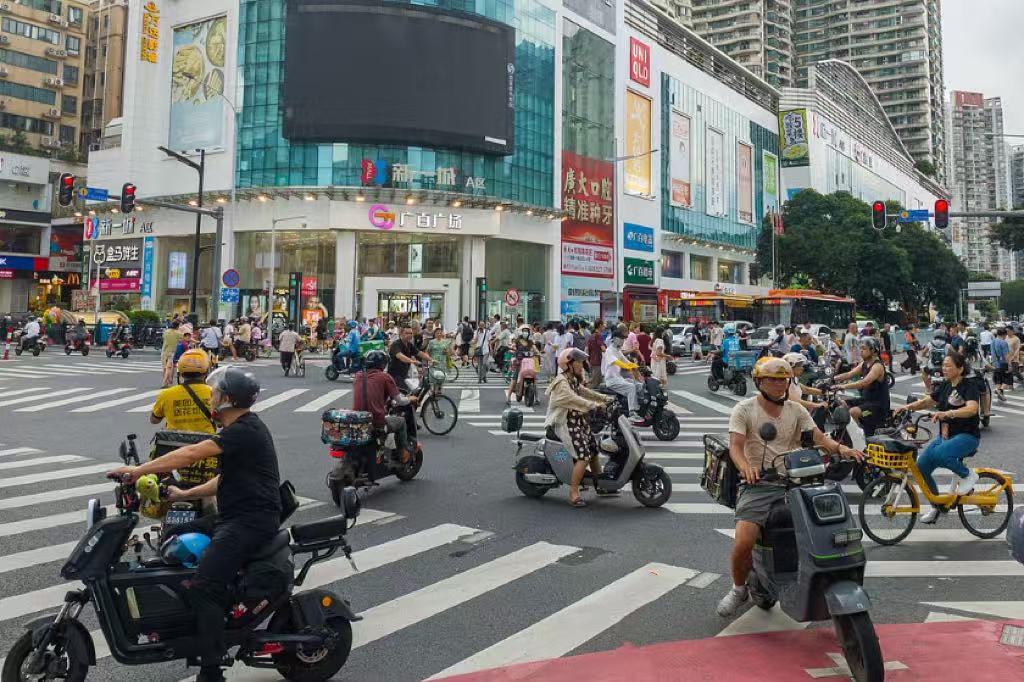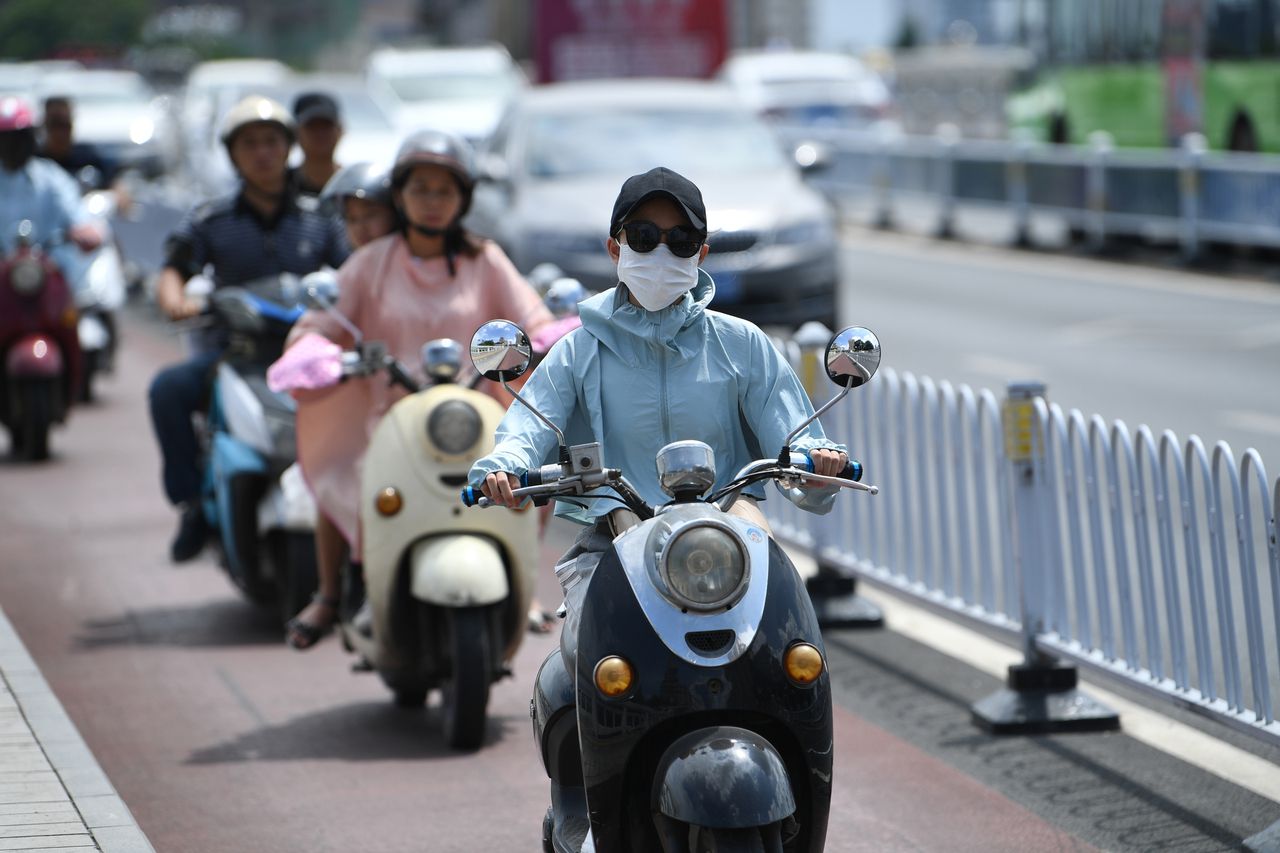It’s rush hour, e-bikes zigzag between buses and sedans, delivery riders race the clock, and sidewalks blur into bike lanes.
Horns, brakes, and footsteps collide in a daily dance of urgency.
In the chaos, one thing is clear: speed rules the streets.

Image via Caixin News
Across the Pearl River Delta, cities like Guangzhou, Shenzhen, Foshan, and Dongguan face similar scenes, where electric bicycles have become both a lifeline and a liability.
With over 380 million e-bikes in circulation nationwide, the stakes are rising.
Starting from this month, China has officially implemented its updated national standard for electric bicycles (Ref. GB 17761–2024).
What’s Changing?
The new standard introduces three major upgrades:
Fire Safety First: Plastic components must now make up less than 5.5% of the bike’s total weight. This change is designed to reduce the risk of battery-related fires, which rose from 18,000 incidents in 2021 to 25,000 in 2023, an increase of nearly 40% over two years.
Speed Control Reinforced: E-bikes must cut motor power once speeds reach the cap of 25km/h. Unlike previous rules, this limit is now enforced at the motor level, making DIY speed hacks far more difficult.
Anti-Tampering Tech: Batteries, controllers, and speed limiters must meet new standards that prevent unauthorized modifications. Manufacturers are also upgrading materials—many replacing plastic with aluminum-magnesium alloys—to meet compliance and improve durability.
Additionally, lead-acid battery models can now weigh up to 63 kg, allowing for an extended range per charge.
This adjustment is designed to reduce charging frequency and improve usability—not to increase vehicle speed, which remains capped at 25km/h under the new regulation.
Sales Timeline
September 1, 2025: All newly manufactured e-bikes must comply with the new standard.
December 1, 2025: All e-bikes sold in stores must meet the new requirements. A 3-month grace period allows older models to be sold until November 30.
Beidou GPS Module for Commercial Use
E-bikes used for delivery or logistics must be equipped with a Beidou positioning module, enhancing traceability and fleet management.
While optional for personal use, the added tech may drive up prices across the board.
Urban Pressure Points
The regulation arrives amid growing concern over traffic safety and congestion.
Peak-hour commuting and the explosive growth of waimai (food delivery) services have turned city streets into competitive zones.
Riders often modify their bikes for speed, skirt traffic rules, and navigate the city with a sense of urgency that often compromises safety.
By enforcing stricter speed limits and anti-tampering measures, the new standard aims to curb risky behavior and restore order to the urban commute.
What’s Your Ride Like?
As China tightens its grip on micro-mobility safety, the new standard signals a shift toward smarter, more regulated urban transport.
But as cities like Shenzhen and Guangzhou continue to grapple with peak-hour congestion and the relentless pace of delivery traffic, questions remain:
Will stricter rules reshape how we ride?
Can safety keep up with the pressure to move fast in crowded streets?
For those navigating the urban maze—whether on two wheels or four—your experience matters.
How do these new rules intersect with your experience on the road?
[Cover image via sina.com]






















0 User Comments